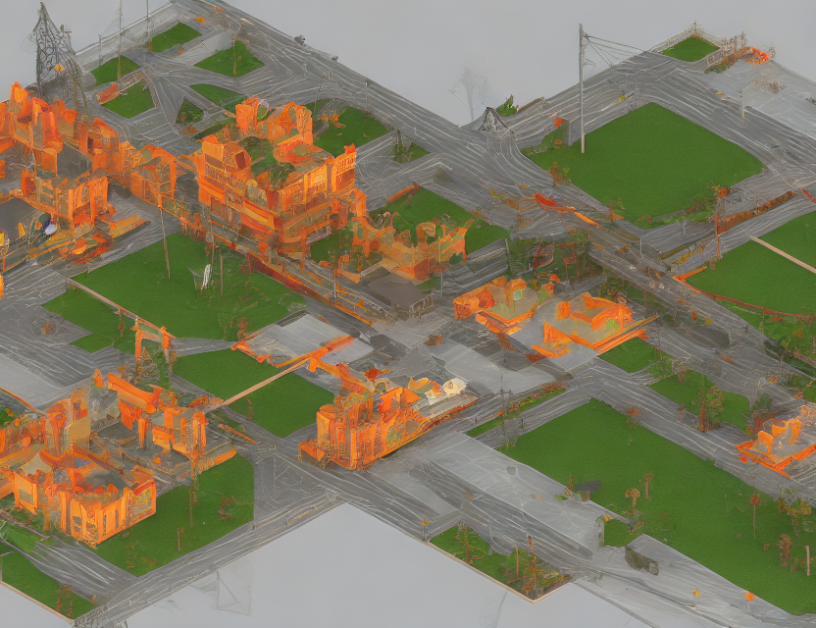In this article, we use the analogy of ants moving on a graph to understand how a machine called Machine M works. Machine M can only output numbers, but it doesn’t use random bits. Instead, each ant represents a set of numbers that have already been output. When Machine M needs a random bit, an ant splits into two smaller ants, each representing half the set of numbers.
We distinguish between the ant itself (a node in the infinite tree) and its position in the graph, which shows which random bits have been used in Machine M’s computation. There are two types of changes that occur during the modeling process: when Machine M requests a random bit, an ant splits into two children, each representing half the set of numbers; or when Machine M outputs a number, its position in the graph moves to reflect the new number.
The article explores how this metaphor can help us understand the complexity of deterministic machines like Machine M. We see that the number of ants (or nodes in the infinite tree) is finite, and each ant corresponds to a binary word representing the random bits the ant already knows. These cones form a partition of the Cantor space, and requesting a random bit corresponds to dividing one of these cones in half.
The article also mentions that Ageev proved that the quadratic bound is both an upper and lower bound in Martin’s game, which suggests that improving the upper bound may require a novel technique. However, it is unknown if this lower bound applies to deterministic complexity more broadly.
Overall, the article uses the ant metaphor to make complex concepts more accessible by breaking them down into smaller, more manageable parts. By using everyday language and engaging analogies, we can better understand how Machine M works and how it relates to other concepts in computer science.
Computational Complexity, Computer Science
Upper Bound Reduction in Martin’s Game: A Novel Technique



